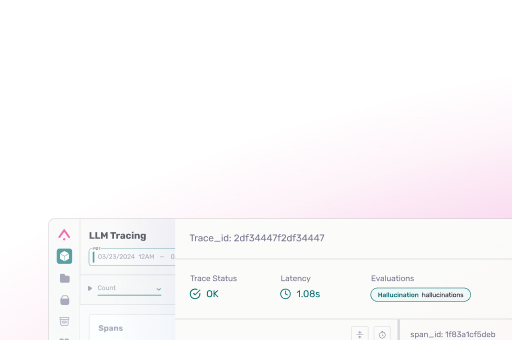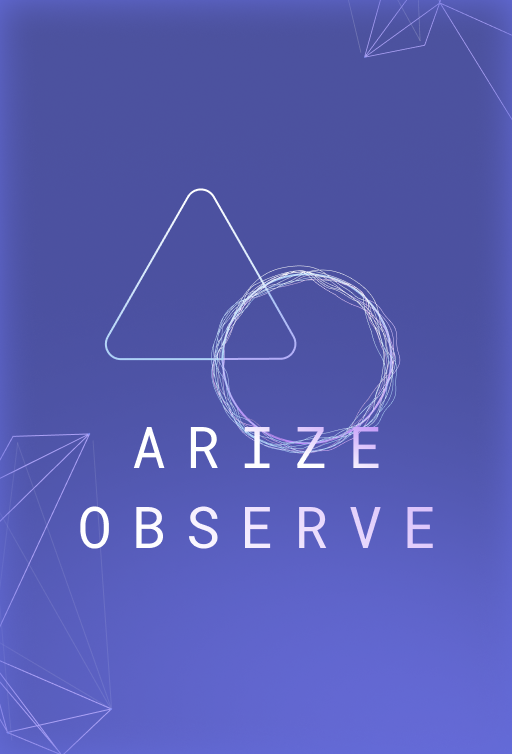Build KPI driven dashboards and monitors that proactively alert you when any degradation in performance or quality of your agent occurs.

Unified AI Engineering Platform to Make AI Work
Simplify LLMOps with Seamless Integration
Connect Arize to Databricks via MLflow or Mosaic AI to log, trace, and evaluate LLM and ML models automatically—no additional infrastructure needed.
Unlock Self-Improving Agents
Monitor agent behavior and performance, detect regressions, and trigger fine-tuning workflows directly from your Databricks notebooks or pipelines.
How Arize & Databricks Work Together
See how any AI application running on Databricks Lakehouse and Mosaic AI leverages Arize for end-to-end observability & evaluation.
Why use Arize and Databricks together
Built-In Tracing for Agents
Automatically log chains and tools to Arize from Mosaic AI with a single decorator. Visualize agent steps and identify bottlenecks.
Metrics that matter
Track first-token latency, hallucination rates, completion quality, and more—right from your Databricks workflows.
Fine-tuning feedback loops
Use observability insights to trigger model updates, prompt changes, or data curation pipelines directly in Databricks.
Monitoring, alerting and KPI dashboards in Arize AX
Start your AI observability journey.
Get in touch with our team of AI observability experts to see how Arize and Databricks can work together for your business.
Evaluation Driven Development
Purpose-built tools and workflows that streamline performance improvement iteration cycles
Test Changes As You Build
Prompt template versioning and a prompt playground enable testing as you go, along with the ability to replay use cases in production.
Quickly Find and Curate Datasets
AI-driven search and embeddings similarity search eliminates manual data curation and annotation in your daily workflow.
Guardrails to Protect Your Business
Dynamic data used for detection of activities such as jailbreaks, PII leaks, or user frustration – then respond with a corrective action.
Continue the conversation






